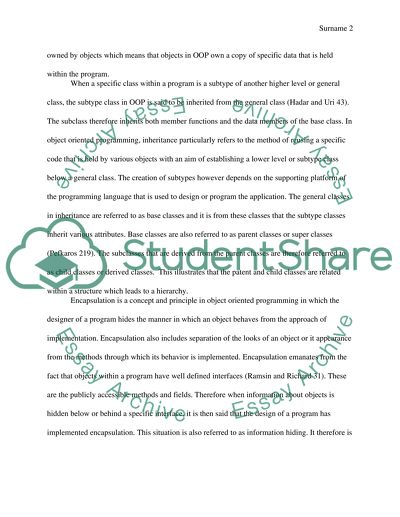Cite this document
(“Object Oriented Programming Research Paper Example | Topics and Well Written Essays - 1750 words”, n.d.)
Retrieved from https://studentshare.org/information-technology/1465490-object-oriented-programming
Retrieved from https://studentshare.org/information-technology/1465490-object-oriented-programming
(Object Oriented Programming Research Paper Example | Topics and Well Written Essays - 1750 Words)
https://studentshare.org/information-technology/1465490-object-oriented-programming.
https://studentshare.org/information-technology/1465490-object-oriented-programming.
“Object Oriented Programming Research Paper Example | Topics and Well Written Essays - 1750 Words”, n.d. https://studentshare.org/information-technology/1465490-object-oriented-programming.


